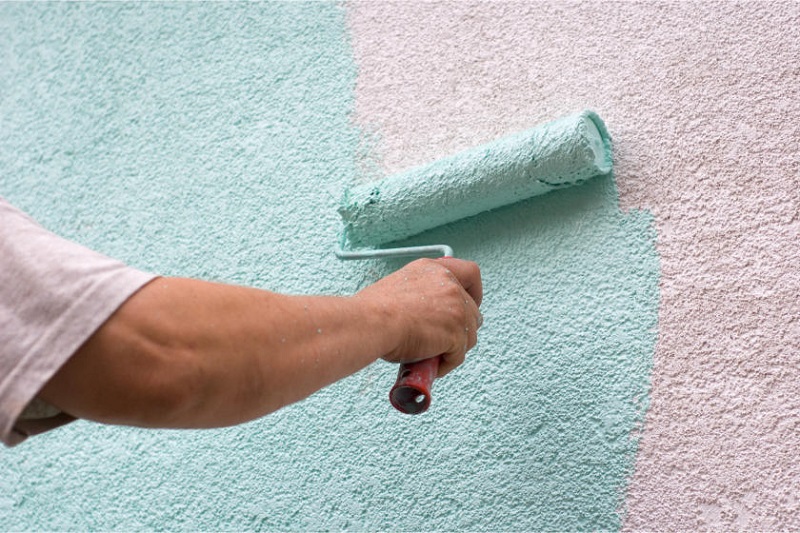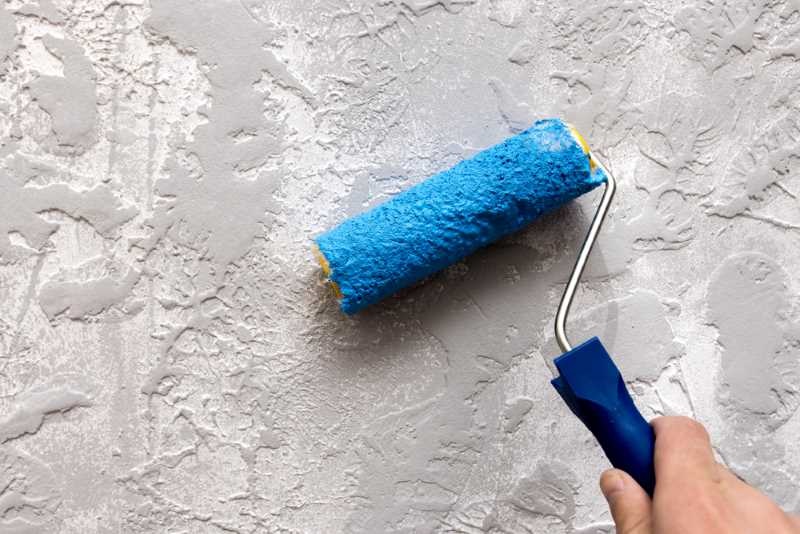If your home’s exterior features stucco walls, you’re likely well aware of their unique charm and durability. Stucco offers a textured and versatile surface that adds character and acts as a protective layer against the elements. However, over time, even the most well-maintained stucco can start to lose its vibrancy.
To give your stucco a fresh new look, you may consider painting it with cherry wood paint, which can add a warm and inviting feel to your home’s exterior. That’s where a fresh coat of paint comes in. Painting stucco outside walls can rejuvenate your home’s appearance and offer an extra layer of protection. In this guide, we’ll walk you through the step-by-step process of how to paint stucco outside walls and considerations along the way.
Assess the Surface
Before diving into the painting process, take the time to inspect the stucco surface thoroughly. Look for cracks, chips, or any signs of damage. Addressing these issues before painting is crucial to ensure a smooth and long-lasting finish.
Gather Your Tools and Materials
Having the right tools and materials is key to a successful painting project. You’ll need paint rollers, brushes, drop cloths, painter’s tape, a pressure washer, stucco repair materials, primer, and high-quality exterior paint.
Clean the Surface
Cleaning the stucco surface is essential to achieve proper adhesion of the paint. Use a pressure washer to remove dirt, grime, and loose debris. Allow the surface to dry completely before proceeding.
Repair Damages
Fill in any cracks or holes in the stucco using a high-quality stucco repair product. Smooth out the repaired areas and let them dry before moving on.
Apply Primer
Priming the stucco is crucial as it helps the paint adhere better and ensures an even finish. Choose a primer specifically designed for masonry surfaces and apply it using a roller or brush. Allow the primer to dry according to the manufacturer’s instructions.
Choose the Right Paint
Opt for an exterior masonry paint that is breathable and specifically formulated for stucco surfaces. This type of paint will allow moisture to escape, preventing issues like peeling and cracking.
Start Painting
Now comes the fun part – painting! Use a roller for larger areas and a brush for corners and edges. Apply the paint evenly, working in small sections. It’s a good idea to use a slightly textured roller for stucco to ensure the paint gets into all the crevices.
Multiple Coats
Stucco tends to absorb more paint, so you might need multiple coats for an even finish. Allow each coat to dry completely before applying the next one.
Pay Attention to Details
Take your time to ensure you’ve covered every nook and cranny. Use painter’s tape to protect surfaces you don’t want to paint, like windows and trim.
Let It Dry
After applying the final coat, give the paint ample time to dry. This is crucial for achieving the desired color and finish.
Enjoy the Transformation
Stand back and admire the transformation of your home’s exterior. The fresh coat of paint will not only enhance its appearance but also provide an added layer of protection against the elements.
Maintenance Tips
To prolong the life of your newly painted stucco walls, perform regular maintenance. Inspect for any signs of peeling or damage, and address them promptly to prevent further issues.
Frequently Asked Questions
Q1: How often should I repaint my stucco walls?
A: Generally, repainting every 5-7 years is recommended, but it can vary based on factors like climate and maintenance.
Q2: Can I paint over existing paint on stucco?
A: Yes, as long as the existing paint is in good condition. If it’s peeling or damaged, it should be removed before applying new paint.
Q3: What if I want to change the color of my stucco?
A: Changing the color requires thorough cleaning, priming, and applying multiple coats of the new color for best results.
Q4: Can I DIY stucco repairs before painting?
A: Yes, small repairs can often be done by homeowners. Larger or more complex repairs might require professional assistance.
Q5: Should I use a specific type of brush for stucco?
A: Yes, opt for a high-quality synthetic bristle brush designed for masonry surfaces for best results.





